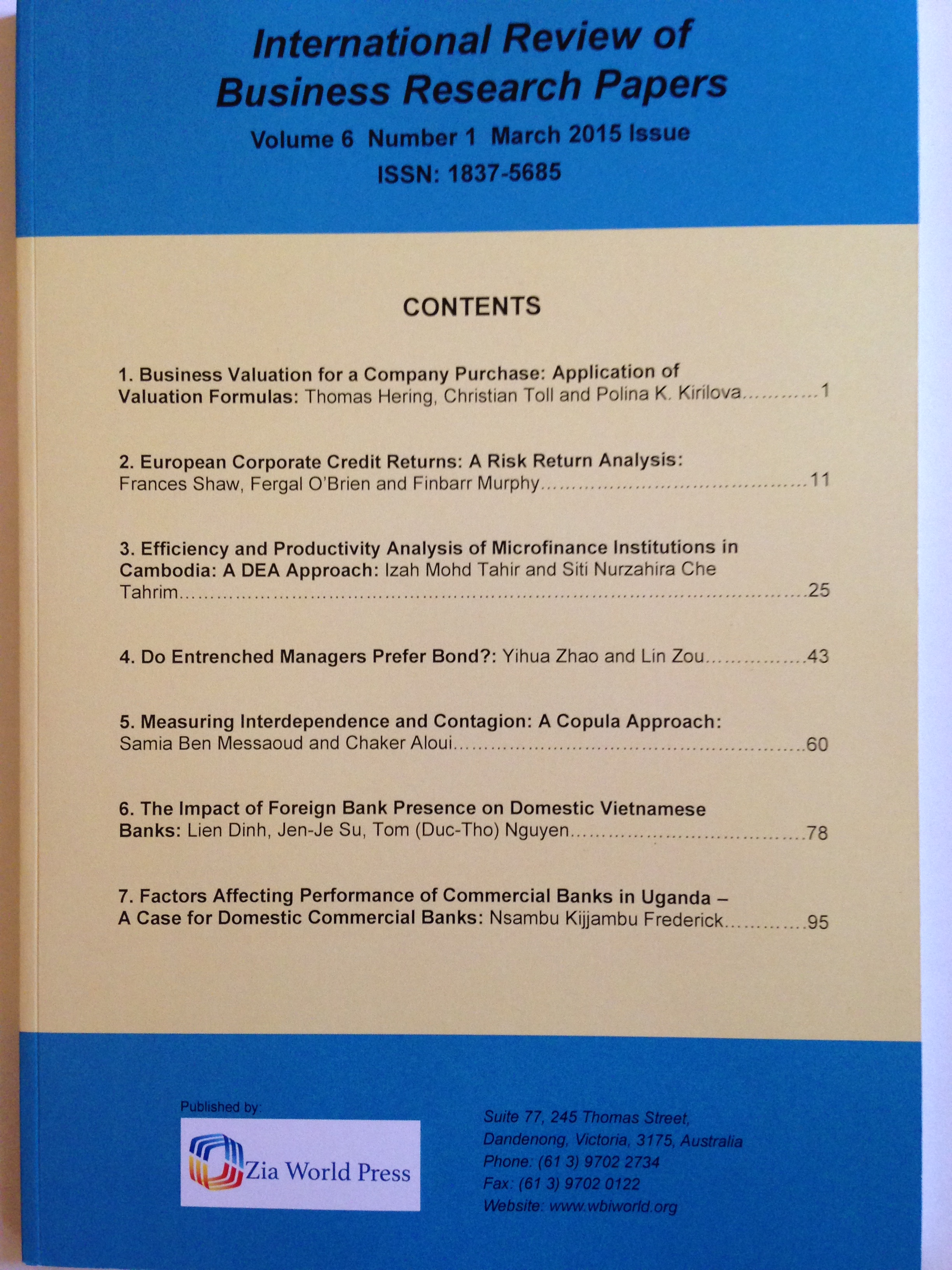September
2017

September 2017 (International Review of Business Research Papers)
Total Articles - 7
